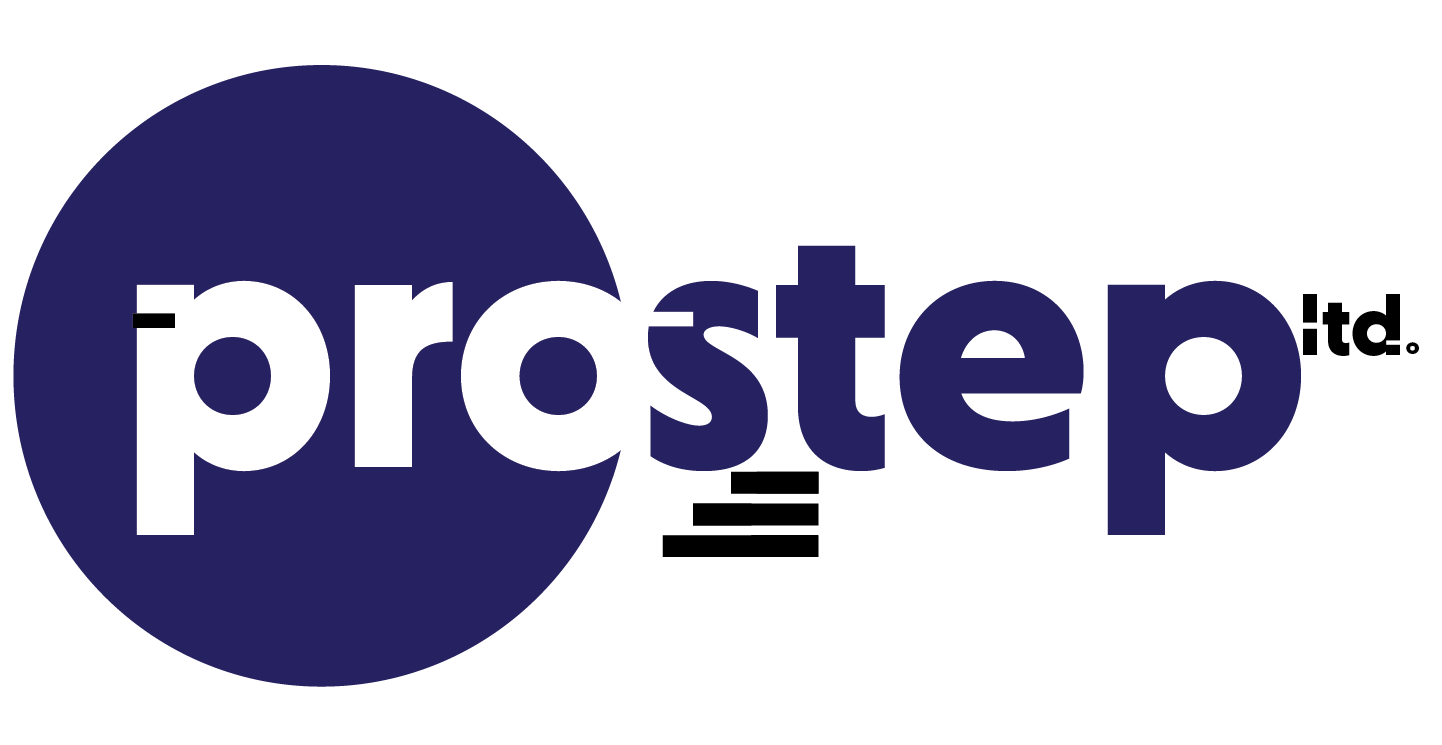Supply Chain Management (SCM) is a key feature in today’s business undertaking that integrates the movement of products, services, and communication from the source or supplier to the end user. It includes several related activities such as provision of raw materials, product design, resource allocation, storage of goods, delivery channels, and after sales services. The ultimate objective of supply chain management is to satisfy the needs of the customers for delivery of goods in the shortest possible time, at the least costs and in the most efficient manner without compromising on quality. In an effective SCM framework, businesses are able to reduce costs, efficiently use the resources, and improve the level of customer satisfaction. Given the cut throat nature of the global marketplace now, we can assert that SCM is fast becoming the pulse of the body and provides not just effectiveness but an edge over the competition as well.
Sourcing Acquisition, Production, Inventory management, Warehousing, and Logistics are the major pillars of the supply chain management. Procurement and sourcing is the process of getting the required raw materials and parts from the suppliers. One of the important things is the relationship with suppliers as it guarantees the provision and supply of any material at reasonable rates. The procurement plans target risks, quality and do not condon unethical sourcing factors. After that, the manufacturing and production take place where finished goods are made out of the raw materials acquired in the previous step. The adoption of lean manufacturing or JIT systems helps eliminate wastage, enhance quality and boost the output by ensuring that production processes are carried out efficiently. Another area under SCM is inventory management, which ensures that there is stock or stocks maintained by the businesses in optimum conditions to meet the market levels or requirements. Overstocking may hinder the flow of cash while understocking implies that sales may be lost. Well done inventory management is not achieved without proper demand management, safety stock, and tracking systems that quickly adjust the levels.
In the context of enterprises, effective supply chain management offers a few considerable advantages. One of the main ones is minimizing costs. By implementing process improvements throughout the supply chain, companies cut their operational expenditures, wastage and achieve better economies of scale. This encompasses the streamlining of the procurement process, the enhancement of the making processes, and the reduction of stored excess stock. Furthermore, an efficient supply chain allows firms to react to market dynamics, such as stock shortages, making it unnecessary to overstock, which could lead to volume of sales lost due to insufficient stocks or the costs involved in keeping unnecessary stocks. Yet another major advantage is higher customer satisfaction. Customers anticipate the receipt of their orders on time and without any defects. A functional supply chain may deliver products on schedule and in acceptable condition, further improving a customer’s overall experience. This then creates a bond that increases a customer’s loyalty, increases the rate of repeat purchases and they are likely to spread the good word about a business. In addition, ever increasing reliability of supply chains helps businesses to fulfill customer demands in a better sure, helping them to enhance their forecasting abilities as well as the product availability and sales planning accuracy.
Nonetheless, the problem of managing a supply chain is not without its problems. One of the major problems in strategic critical chain management is the phenomenon known as globalization. Companies that obtain inputs and outputs across the globe have to deal with the intricacies of international trade such as tariffs, customs, and transportation systems. Different time zones, languages and cultures have to be coped with in order to operate smooth global supply chains. Besides, global supply chains are also subject to interruption due to geo-political factors, trade conflicts, disasters, and so on, which result to loss in time and enhancement of costs. Another challenge is tending to technological advancements. There is potential value that can be realized with the use of technologies like artificial intelligence (AI), the Internet of Things (IoT), and blockchain in enhancing the efficiency of the supply chain, but the challenge lies in the integration of these technologies with established systems, as this can be expensive and require a long time. They also have to make sure that the technology is effectively used by their employees by making appropriate investments in training.
Another thing that is coming up more and more in business is sustainability, specifically in the area of supply chain management. But as worries about the effect on the environment increase, firms are feeling the squeeze to become more “green” in every aspect of their supply chain. That is, lowering carbon emissions, eco-friendly packaging, and obtaining materials in a socially responsible manner. Firms that are more eco-friendly not only help the environment but also improve their public image and attract the business of other eco-friendly consumers. But sustainable is hard to practice, it needs all the planning and investment and also the cooperation with the suppliers. Cost efficiency and sustainability are two things that are very important to supply chain managers but are often at opposite ends of the spectrum, which is why it is so imperative that new and unique solutions to these problems arise that will satisfy both requirements.
The future of technology in supply chain management is likely to grow further and broader. Decisions will be more automated through artificial intelligence (AI), and machine learning to better forecast demand, manage inventory, and plan logistics. This will help the businesses to predict disruptions, optimize inventory and run analysis in real-time supply chain with AI-driven systems.
,

The future of technology in supply chain management
The future of technology in supply chain management is likely to grow further and broader. Decisions will be more automated through artificial intelligence (AI), and machine learning to better forecast demand, manage inventory, and plan logistics. This will help the businesses to predict disruptions, optimize inventory and run analysis in real-time supply chain with AI-driven systems.Advanced Internet of Things (IoT) functionality will deliver better goods and material tracking, resulting in increased supply chain transparency and end-to-end visibility. In addition, blockchain technology can increase the transparency and security of supply chains by allowing for a decentralized, immutable record of transactions. These innovations will lead to smart, efficient, and resilient supply chains that can help businesses quickly respond to changing market conditions or email excitement.
"From an operational perspective, Supply Chain Management is the backbone of business success with efficiency, collaboration and innovation working together to bring value to customers' doorstep whilst driving sustainable growth."
Conclusion
To sum up, Supply Chain Management is an essential operation for organizations seeking to increase efficiency, minimize costs and improve customer satisfaction. Each element contributes to the seamless movement of commodities and services – from buying through production, warehouses, logistics, as well as customer service. SCM offers advantages but faces issues like globalisation, technology integration and sustainability. The future of SCM will be technological and the trend will empower businesses to make better decisions, using advanced tools that will increase efficiency and bring supply chains to a new level of resilience. Those companies that are able to overcome these difficulties and adapt through innovation will have a better chance of success in





We didn’t invent the term “fools with tools.” Still, it’s a perfect definition for the practice of buying a stack of sophisticated cybersecurity technology that’s impossible to manage without an MSP or the budget of a Fortune 500 IT department.